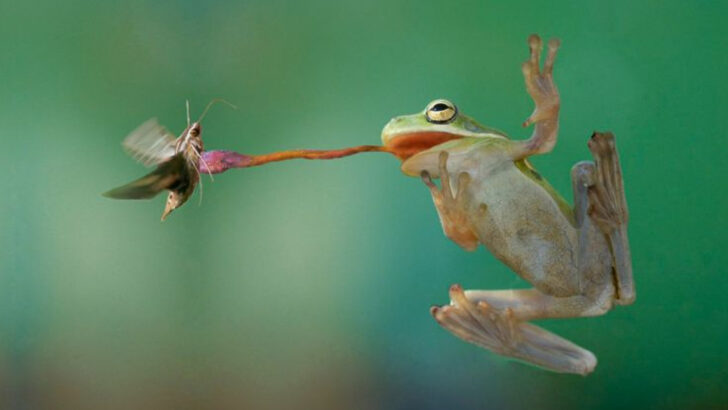Not all heroes roar. Some slither. Some flutter. Some skitter by your foot without a sound—working around the clock while the rest of us sleep. These are nature’s quiet assassins. The bug-eaters, rodent-chasers, weed-pickers, and carcass-cleaners who keep the wild from tipping into chaos. You won’t see them on a calendar. You might not even know their names. But without them? Ecosystems would collapse like dominoes in a windstorm. From dragonflies that wipe out swarms of mosquitoes to foxes that keep rabbit populations in check, these unsung hunters are the glue that holds the food chain together. And then there are the other ones—the ones that work so silently, their impact is felt only when they’re gone. Let’s meet the 13 overlooked predators holding the line—and five more whose work is quieter than a whisper but just as fierce.
Praying Mantis
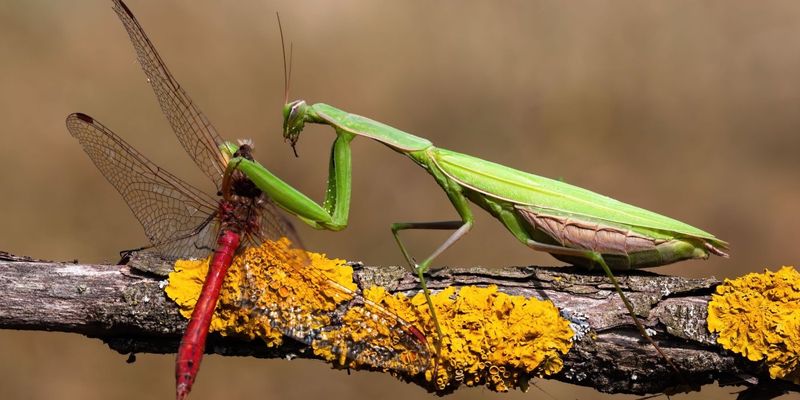
Silent and still, the praying mantis waits with an eerie patience. Yet, when the moment strikes, its rapid forelegs can snatch prey faster than the human eye can follow. Often unnoticed, these insect assassins help control populations of other insects, serving as natural pest control in gardens and crops. With its alien-like appearance and meditative stance, the mantis is both a fascinating and functional hunter. In many cultures, this insect is a symbol of stillness and contemplation. As it balances on a leaf, the mantis exemplifies the delicate equilibrium of nature.
Barn Owl
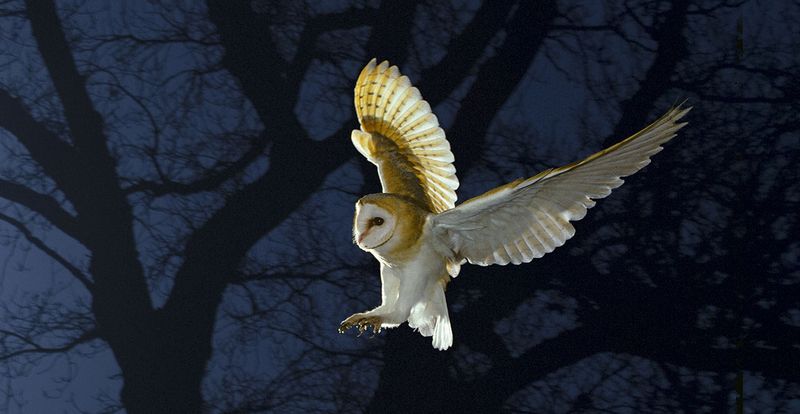
With a heart-shaped face and ghostly wings, the barn owl glides silently through the night. Known for its exceptional hearing, it can detect the faintest rustling of a mouse in a field. This nocturnal predator helps manage rodent populations, providing a natural form of pest control. As the owl silently navigates the dark, it embodies the mysterious allure of the night. Its presence is a reminder of the unseen forces working to keep nature in balance. Often associated with both wisdom and mystery, the barn owl is a symbol of night-time serenity.
Ladybug
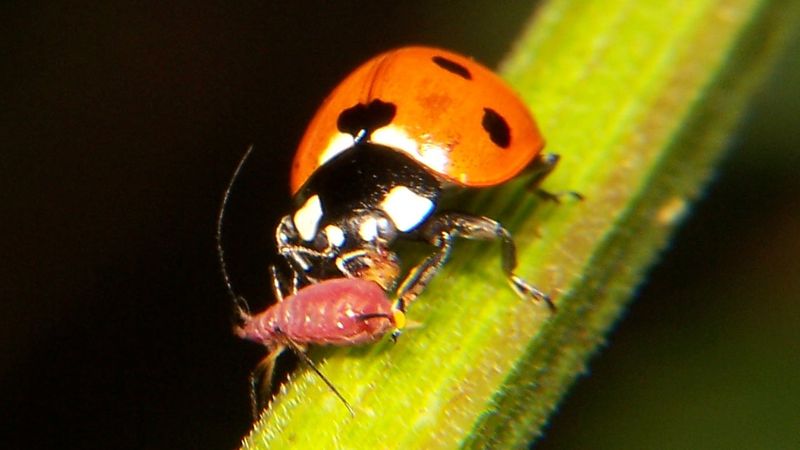
Despite its small size, the ladybug plays a giant role in the control of garden pests. Its bright red shell with black spots is not just for show. This tiny warrior can consume up to 5,000 aphids in its lifetime. Gardeners often welcome the ladybug for its voracious appetite for pests, making it a natural ally in pest management. With its charming appearance, the ladybug is a symbol of good luck and prosperity. Amidst the leaves, it serves as a reminder that even the smallest creatures can have a significant impact on the ecosystem.
Frog
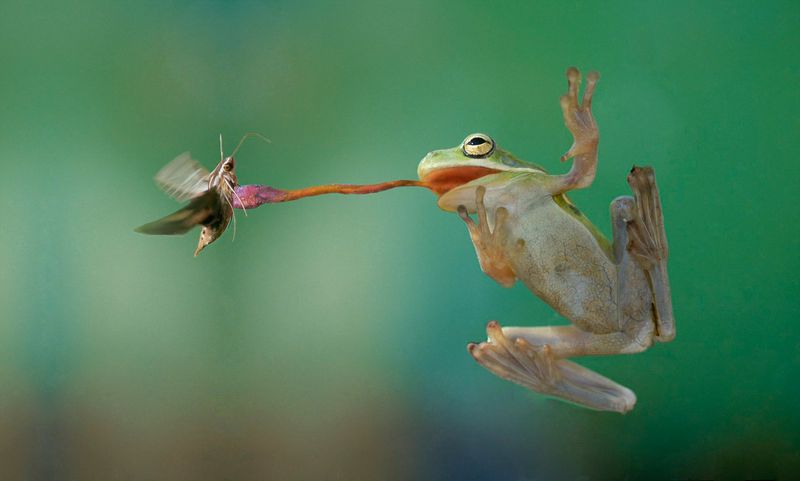
Perched on a lily pad, the frog is more than a charming amphibian. Its agile tongue swiftly captures insects, keeping insect populations in check. Frogs are crucial indicators of environmental health, sensitive to changes in their surroundings. Their presence or absence can reveal a lot about the ecosystem. With a life spent in water and on land, they bridge the gap between these two worlds. The frog’s rhythmic croak fills nighttime air, a natural symphony celebrating life’s interconnectedness. This humble creature exemplifies the resilience and adaptability found in nature.
Dragonfly
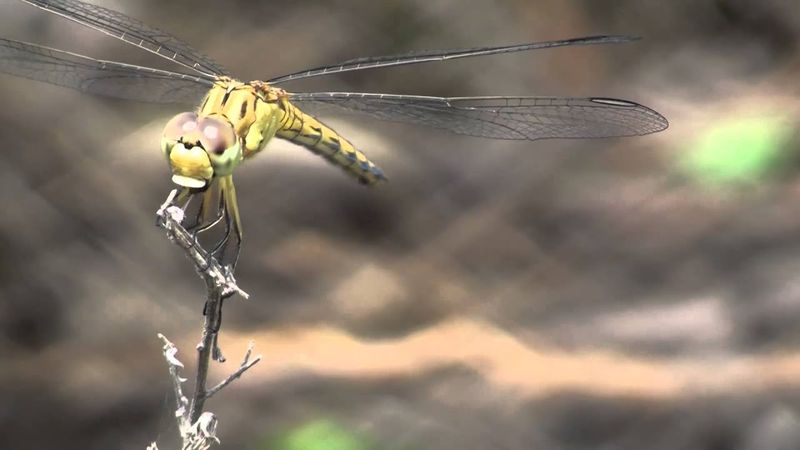
Darting gracefully over ponds, the dragonfly is a master of aerial agility. Its iridescent wings shimmer in the sunlight as it maneuvers through the air. As an insect predator, the dragonfly consumes mosquitoes and other small insects, thereby playing a crucial role in controlling their numbers. The dragonfly’s lifecycle, spent both in water and air, reflects the adaptability and transformation of life. With prehistoric origins, this ancient hunter is a living testament to nature’s enduring power. The dragonfly stands as a symbol of change, self-realization, and the beauty of nature.
Bat
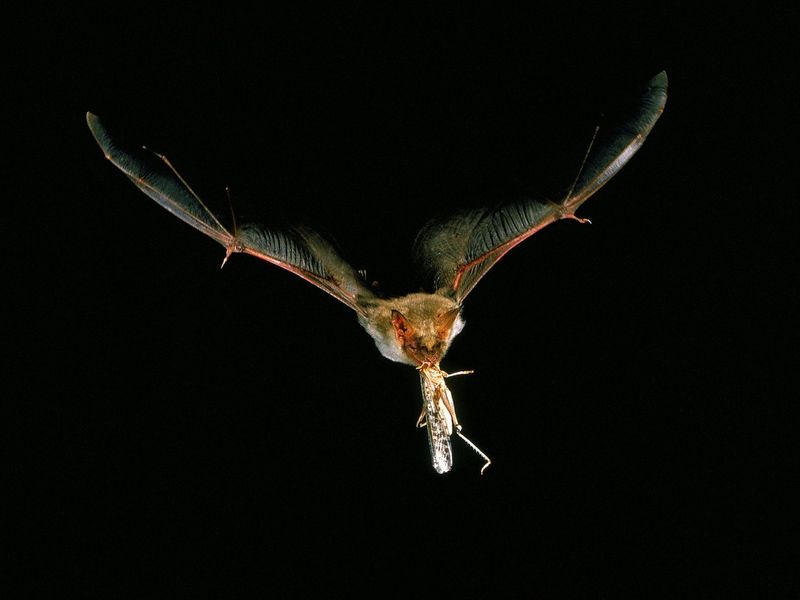
In the dim twilight, bats emerge, their silhouettes flitting against the moonlit sky. These nocturnal hunters use echolocation to navigate and hunt insects, making them vital for pest control. Bats can consume thousands of insects in a single night, balancing the ecosystem naturally. Despite myths that surround them, bats are gentle creatures with an essential role in the environment. As pollinators and seed dispersers, they help maintain the health of our habitats. Their silent flight is a reminder of the unseen wonders that contribute to ecological balance.
Wolf

Amidst the snowy wilderness, a wolf pack roams, eyes keen and ears pricked. These apex predators play a pivotal role in regulating prey populations. Wolves maintain the balance of their ecosystems by keeping herbivore numbers in check, which in turn affects plant growth and biodiversity. Known for their strong social bonds, wolves exemplify teamwork and resilience. They symbolize the wild, untamed spirit of nature. Often misunderstood, their haunting howls evoke both fear and admiration. The wolf’s presence is a testament to the intricate dance of predator and prey in the natural world.
Fox

Clever and cunning, the fox prowls with grace and agility. Its keen senses make it an effective hunter, adept at catching rodents and small mammals. By regulating these populations, foxes help to maintain ecological balance. With its bushy tail and sharp features, the fox embodies both beauty and intelligence. Often depicted in folklore and mythology, the fox is a symbol of cleverness and adaptability. Its presence in the forest is a reminder of the delicate interplay between predators and their prey. The fox’s quiet pursuit is a testament to nature’s unseen strategies.
Sparrowhawk
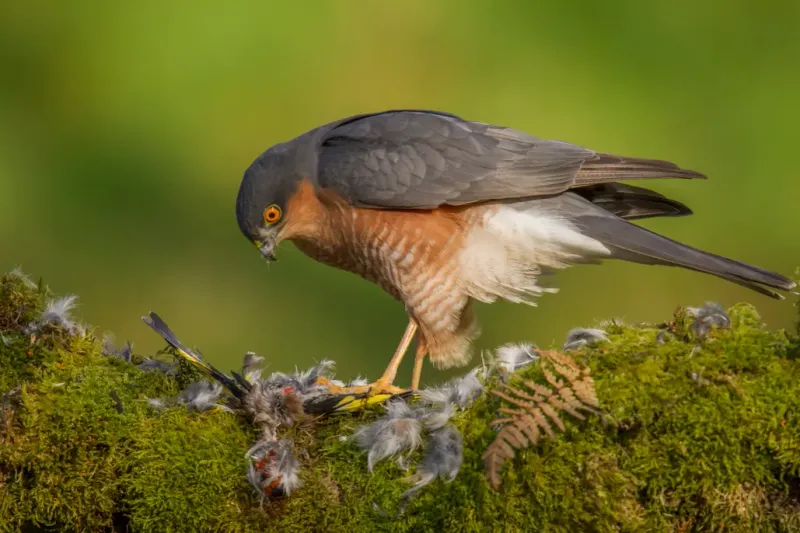
With eyes as sharp as its talons, the sparrowhawk is a skilled aerial hunter. It patrols the skies with precision, targeting small birds and mammals. This bird of prey is vital in controlling avian populations, ensuring diversity among species. The sparrowhawk’s swift dive is an impressive display of hunting prowess. Despite its fierce nature, it plays an essential role in maintaining ecological harmony. The sparrowhawk represents the balance of power in the natural world, where every creature has its place and purpose. Its vigilant gaze is a symbol of the wild’s untamed beauty.
Coyote

In the vast desert landscape, the coyote’s howl pierces the quiet. Adaptable and resourceful, this predator thrives in diverse environments. Coyotes manage rodent and small mammal populations, contributing to ecological stability. Despite being seen as pests, they are crucial to the health of their ecosystems. With their enigmatic presence, coyotes are often associated with trickery and transformation in folklore. Their resilience mirrors nature’s capacity for survival against odds. The coyote’s haunting call is a reminder of the intricate connections that sustain life in the natural world.
Leopard

Silent and solitary, the leopard is a master of stealth. Its spotted coat provides perfect camouflage in the dappled light of the savannah. Leopards are key to controlling herbivore populations, preventing overgrazing and maintaining the health of the ecosystem. With their powerful build and acute senses, they are formidable hunters. Leopards blend the elegance of a dancer with the power of a warrior. Their elusive nature has made them a symbol of mystery and independence. Observing a leopard is to witness the raw, untamed force of nature in its purest form.
Viper
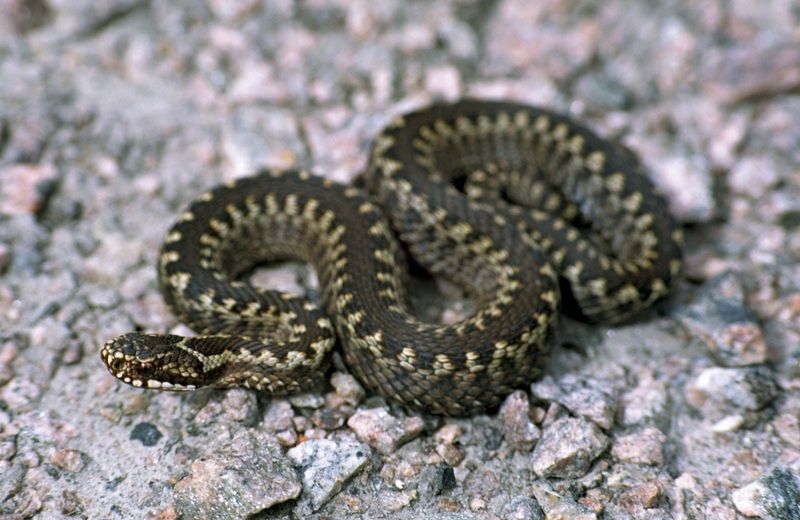
Coiled and ready, the viper waits with lethal patience. Its venomous bite is an efficient tool for subduing prey, such as rodents and small mammals. This snake plays a crucial role in regulating prey populations and maintaining ecological balance. Often feared for its deadly potential, the viper is a testament to nature’s power and precision. With its distinctive pattern and stealthy movement, the viper is a symbol of both danger and beauty. Its presence in the wild is a reminder of the predatory instincts that drive life forward.
Hawk

Majestic and fierce, the hawk soars with an air of authority. With keen eyesight, it spots the slightest movement below, ready to dive for its prey. Hawks are essential in controlling small mammal and bird populations, contributing to a balanced ecosystem. Their presence is a symbol of freedom and vision, embodying the wild’s unyielding spirit. Often revered in mythology, hawks represent power and guardianship. As they glide effortlessly across the sky, these birds of prey remind us of the dynamic interplay between predator and prey. The hawk’s flight is nature’s ballet in the sky.
Peregrine Falcon
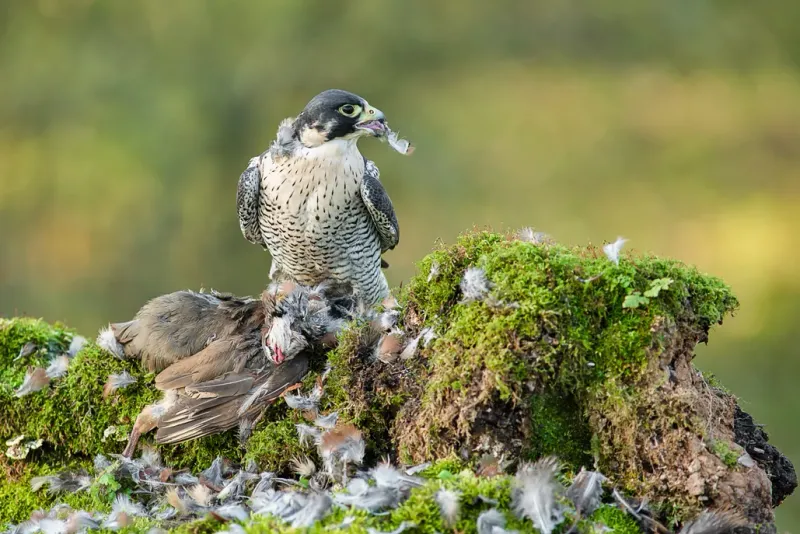
With unmatched speed, the peregrine falcon is the fastest bird on the planet. Its thrilling stoop—a high-speed dive—captures the imagination as it hunts its avian quarry. This apex aerial predator is vital in controlling bird populations, ensuring biodiversity. The peregrine’s sleek form and sharp talons make it a formidable hunter. As a symbol of freedom and prowess, the falcon’s flight is a demonstration of nature’s dynamic power. Watching a peregrine in action is to witness the raw, unbridled force of the wild. Its legacy in falconry only adds to its storied reputation.
Spider
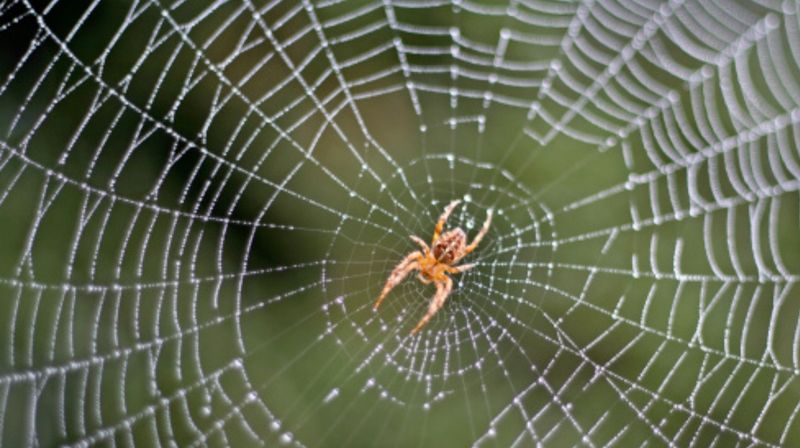
With intricate weaving skills, the spider spins a web of both beauty and death. This arachnid is a master engineer, crafting traps to capture unsuspecting insects. By controlling insect populations, spiders contribute to the health of ecosystems. Their presence in gardens is often feared, yet they are invaluable allies in natural pest management. The spider’s artistry and patience are a testament to nature’s creativity. As it sits in stillness, waiting for the vibration of its web, the spider symbolizes the delicate balance of the ecosystem and the hidden wonders of the natural world.
Shark
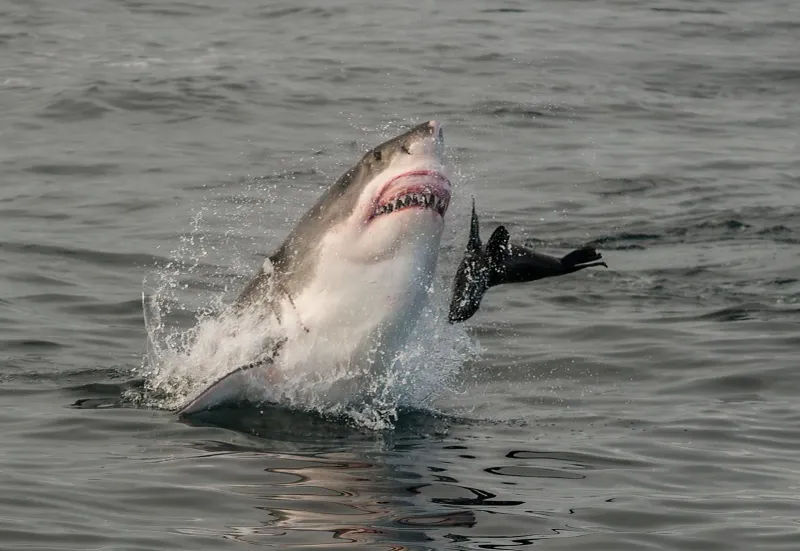
In the ocean’s depths, the shark reigns supreme as an apex predator. Its streamlined body and keen senses make it a perfect hunter. By preying on weaker fish, sharks help maintain the balance of marine ecosystems. Despite their fearsome reputation, they play a crucial role in the ocean’s health. The shark’s presence is a reminder of the ocean’s vast, uncharted territories. As it glides silently through the water, the shark embodies the power and mystery of the deep. Observing a shark is to glimpse into a world governed by primal instincts and ancient rhythms.
Lion

The lion, with its majestic mane and regal posture, is the quintessential symbol of strength and courage. As the apex predator of the savannah, it plays a crucial role in controlling herbivore populations, preventing overgrazing. The lion’s roar echoes across the plains, a testament to its dominion. Known for their social structure, lions work together in prides to hunt and protect their territory. The lion embodies the wild’s raw power and intricate social dynamics. Watching a lion in its natural habitat is to witness the grandeur and complexity of nature’s design.
Weasel
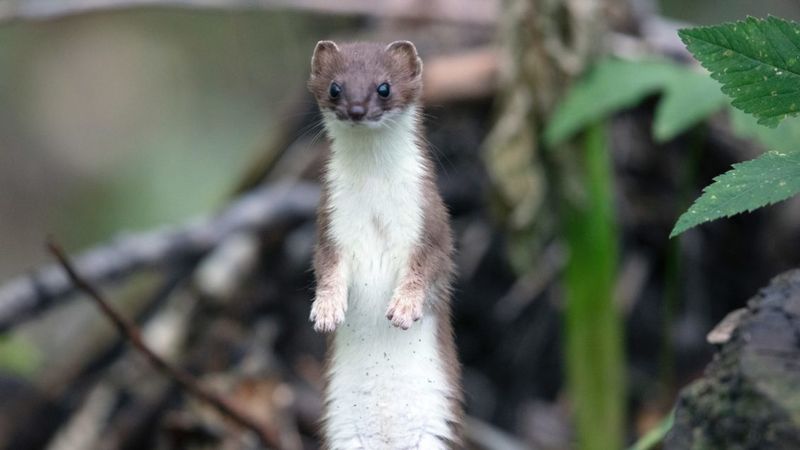
With its slender body and sharp gaze, the weasel is a master of stealth. Found in diverse habitats, from forests to grasslands, it silently curtails rodent populations, balancing ecosystems. Their agile movements and acute senses make them adept hunters, capable of pursuing prey into burrows.
Despite their small size, weasels play a pivotal role in controlling pest populations, thereby supporting agricultural health. Their elusive nature often masks their presence, yet their impact is profound.
Did you know? Weasels can kill animals larger than themselves, showcasing their remarkable hunting prowess. Truly, weasels are nature’s silent warriors.

